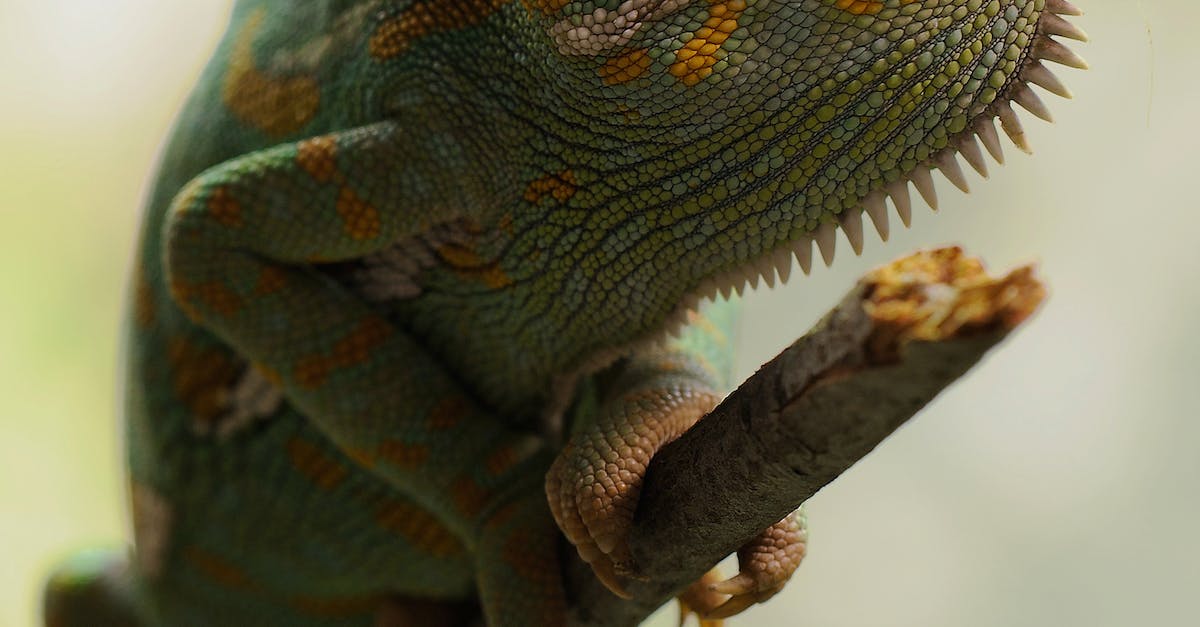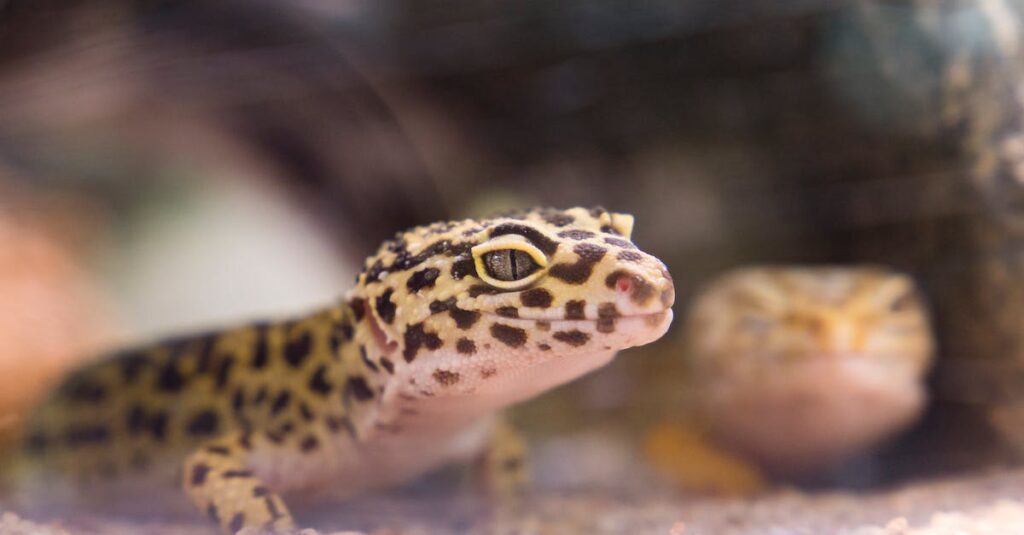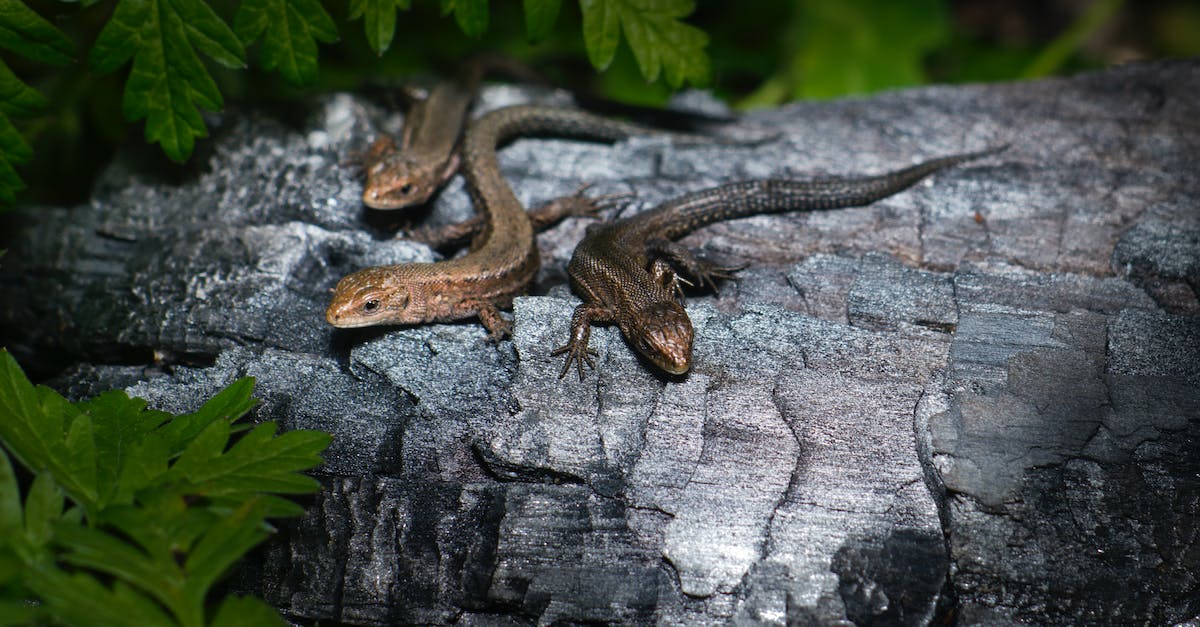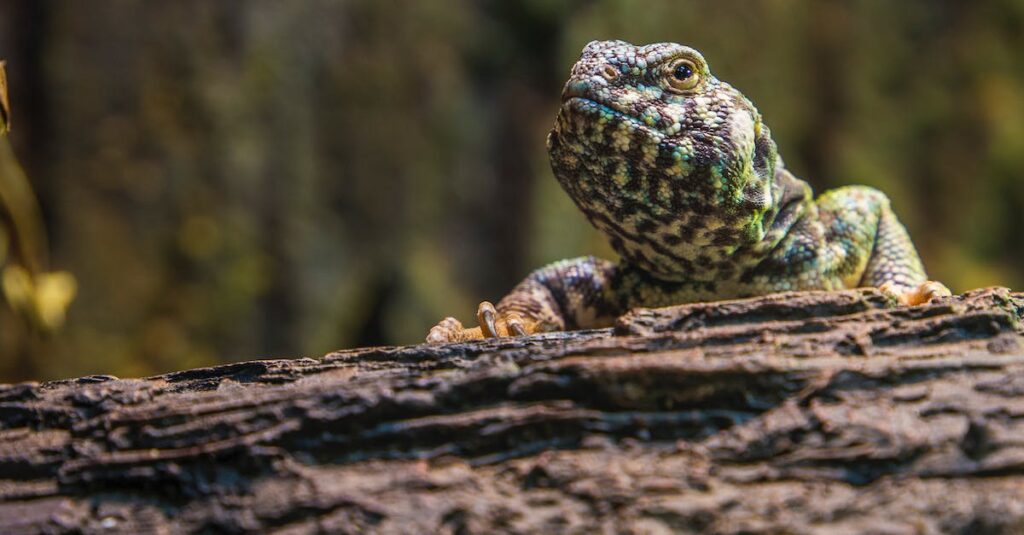Welcome to the wild world of lizards. These tiny reptiles may be small in size, but don’t let their diminutive stature fool you. With their lightning-fast reflexes, vibrant colors, and unique defense mechanisms, they’re the ultimate squad goals! However, just like with any wild animal, it’s important to know how to approach them safely and respectfully.
If you’re someone who’s ever come across one of these scaled creatures and stood frozen in fear, don’t worry, my dear Watson. Today, we’ll be exploring the ins and outs of handling lizards with ease and confidence. From the delicate art of catching them to knowing when to back off, we’ll dive deep into everything you need to know to become a true lizard whisperer.
So sit back, relax, and prepare yourself for a journey into the fascinating world of lizards – it’s going to be wild, it’s going to be memorable, and it’s going to be a ton of fun! Are you ready? Let’s go!
Understanding Lizards and Their Behavior

As one of the most diverse and fascinating groups of reptiles, lizards are incredible creatures that deserve our attention and respect. To handle them safely, it’s essential to understand their behavior and needs. Here are some tips to help you interact with these magnificent creatures without causing harm or stress:
1. Know the Species: Different lizard species have unique traits and behaviors that will inform how you interact with them. Do your research on the particular species you are handling to avoid accidentally injuring them or themselves.
2. Approach Slowly: Lizards are often shy and will be frightened by sudden movements or loud noises. Approach them slowly and calmly to give them time to adjust to your presence.
3. Use Gloves: If you are uncomfortable with handling lizards with your bare hands or if the lizard species are known to bite, gloves are an excellent option. However, gloves must be clean and free of any substances that could harm the lizard.
4. Offer Support: When picking up a lizard, offer support to its entire body rather than only picking them up by its tail. If a lizard waves its tail, it could be a sign of distress, and it’s essential to stop handling the animal until it calms down.
-

Beaded Dragon Fan Exclusive: ‘Original Hipster’ T-Shirt – Wear Your Unique Style with Pride – Unisex t-shirt
£13.00 – £20.50 Select options This product has multiple variants. The options may be chosen on the product page -

Chinese Water Dragon Aquatic Mastery Tee: Dive into Elegance with Our Exclusive Reptile Enthusiast Shirt – Unisex t-shirt
£13.00 – £20.50 Select options This product has multiple variants. The options may be chosen on the product page
5. Don’t Squeeze: Lizards are delicate creatures, and squeezing them can cause internal damage or lead to suffocation. Instead, hold them gently and avoid applying too much pressure.
By following these tips, you’ll be able to safely interact with lizards without causing them harm or stress. Remember, lizards are incredible creatures that deserve our respect and appreciation.
Preparing to Handle Lizards

As we continue our exploration into the world of lizards, it’s important to understand how to handle these fascinating creatures safely. Before we dive into the practical steps of handling lizards, let’s take a moment to prepare ourselves. Here are some key tips to keep in mind:
- Observe from a Distance: Before attempting to handle a lizard, take a moment to observe it from a safe distance. This will give you a sense of the lizard’s behavior and whether it feels threatened or comfortable in its environment.
- Wear Protective Gear: Lizards have sharp claws and teeth, and some species may even carry harmful bacteria. As such, it’s important to wear protective gloves and clothing when handling lizards, especially if you’re unsure about the species.
- Wash Your Hands: Lizards can carry Salmonella and other harmful bacteria, so it’s crucial to wash your hands thoroughly before and after handling them. This will help to prevent the spread of germs and avoid any potential health risks.
- Approach Slowly and Gently: Lizards can be easily startled, and sudden movements can cause them to panic or lash out. When approaching a lizard, do so slowly and gently, avoiding any sudden movements or loud noises.
By taking these preparatory steps, we can ensure a safe and enjoyable experience when handling lizards. In the next section, we’ll dive into some practical tips for actually handling these amazing creatures.
Picking Up Lizards Safely

Lizards are fascinating creatures that can often be found in your backyard, at the park, or even in your home. Although they may seem intimidating, lizards are harmless and usually prefer to avoid humans. However, if you do need to handle a lizard, it’s important to do so safely and without causing harm to the animal.
Here are some tips for picking up lizards safely:
- Approach the lizard slowly and calmly: If you’re trying to catch a lizard, it’s important to approach it slowly and calmly. Running at it or making sudden movements will only scare the lizard away.
- Use a net: If you’re having trouble catching a lizard with your hands, try using a net. Approach the lizard slowly and place the net over it. Be sure to hold the net gently and avoid squeezing or harming the lizard.
- Support the lizard’s body: When picking up a lizard with your hands, it’s important to support its body. Lizards are delicate creatures and can easily be injured if not handled carefully. Use one hand to hold the lizard’s body gently and the other hand to support its legs.
- Avoid picking up the lizard by its tail: While some lizards may have the ability to detach their tails as a defense mechanism, it’s not a good idea to pick them up by their tail. This can be painful for the lizard and may even result in permanent damage.
- Wash your hands afterward: After handling a lizard, it’s important to wash your hands thoroughly with soap and water. Lizards can carry bacteria and other harmful substances, so it’s important to keep yourself and others safe.
By following these tips, you can safely handle lizards and appreciate their fascinating characteristics up close. Remember, lizards are living creatures that deserve our respect and care.
Holding Lizards Properly

As a fan of lizards, it’s important to know how to handle them safely. Here are some tips for holding lizards properly:
- Approach slowly: Lizards can be easily spooked, so approach them slowly and calmly to avoid startling them.
- Support their body: When picking up a lizard, make sure to support their entire body with your hands. It’s important to avoid gripping them too tightly or by their tail, as this can cause injury or stress.
- Use a towel or gloves: If you’re nervous about picking up a lizard, consider using a towel or gloves. This will not only make you feel more comfortable, but it will also help protect the lizard from accidental scratches or drops.
- Handle them close to the ground: If a lizard falls or jumps from your hands, they can easily become injured. To prevent this, always hold them close to the ground so they can easily climb down if they become scared or uncomfortable.
By following these tips, you can safely hold and enjoy lizards without causing them harm or stress. Remember to always be gentle and respectful of their space, and never attempt to handle a lizard if you or they are feeling uncomfortable.
Putting Down Lizards with Care

While we may not want to think about it, sometimes it may be necessary to put down a lizard, whether it be due to illness, injury, or if it has become a danger to humans or other animals. However, it’s important to do so in a humane and respectful manner.
- Seek professional advice: If possible, consult with a vet or wildlife expert to determine the best course of action for putting down a lizard. They may be able to offer guidance or even take care of it for you.
- Use a quick and painless method: Whatever method you choose, make sure it is quick and painless for the lizard. Avoid methods such as drowning or freezing which can cause unnecessary suffering.
- Administer the method carefully: If using a method such as carbon dioxide or anesthetic gas, make sure to administer it carefully and effectively, following any manufacturer’s guidelines or professional advice.
- Dispose of the lizard appropriately: After the lizard has been put down, dispose of it appropriately. This may mean burying it in your yard or contacting a wildlife center for proper disposal if it is a native species.
- Take care of yourself: Putting down a lizard can be a difficult task emotionally, so make sure to take care of yourself as well. It may help to talk to a mental health professional or lean on friends and family for support.
While putting down a lizard may not be a pleasant task, doing so with care and respect can help ensure that it is done in a humane and ethical manner.
Cautionary Measures and Potential Hazards

When handling lizards, it is important to take cautionary measures to ensure both your safety and the safety of the lizard. Here are some potential hazards that you should be aware of:
- Scratches and bites: Lizards can scratch or bite if they feel threatened or agitated. Make sure to handle them gently and avoid sudden movements. If a lizard does bite or scratch you, clean the wound thoroughly and seek medical attention if necessary.
- Salmonella: Some lizards carry Salmonella, which can be dangerous to humans. Always wash your hands thoroughly after handling lizards or their enclosures, and avoid touching your face or mouth before doing so.
- Stressed lizards: If a lizard is stressed, it may lash out or become ill. Make sure to provide a comfortable and stress-free environment for your lizard, and handle it gently and infrequently to avoid unnecessary stress.
- Potential risks: Certain species of lizards, like monitor lizards, can grow quite large and may pose a risk to inexperienced handlers. Always research a species thoroughly before deciding to bring one into your home.
Remember, handling lizards can be a rewarding experience, but it is important to take cautionary measures and understand potential risks. By following these guidelines, you can safely and happily care for your pet lizard.
Conclusion
In conclusion, handling lizards safely may seem like a daunting task, but it really comes down to a few simple steps: approach with caution, use gloves if necessary, and always release them back into their natural habitat. I can tell you from experience that interacting with these fascinating reptiles can be an incredible experience. Not only do they provide a unique perspective on our natural world, but they also make for great conversation partners (if you don’t mind a lack of response).
So next time you come across a lizard basking in the sun, don’t be afraid to take a closer look. Just remember to give them the respect they deserve and treat them with care. Who knows, you may just make a new friend along the way. And if nothing else, you’ll have a great story to tell at your next dinner party. Take it from me; the real secret to handling lizards safely is to approach them with a sense of wonder and amazement and to always approach them with respect. Happy lizard spotting!

